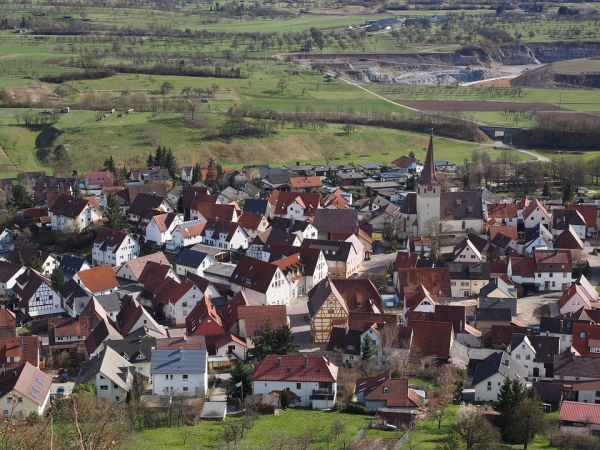Surrey's Global Centre for Clean Air Research (GCARE), working with 30 co-authors from seven countries, found that parks may be the most effective solution for reducing overall air pollution – cutting air pollution by 22% city-wide. However, the study highlights the importance of evaluating how well different types of green, blue, and grey infrastructure (GBGI) work in smaller spaces and recognising that parks can include multiple features, which together enhance their impact.
The study also examined other common types of green, blue, and grey infrastructure (GBGI), such as trees, green walls, and hedges, and found mixed results for their ability to reduce air pollution.
Trees were most effective in open-road conditions, where they could cut pollution by up to 77%. However, the researchers discovered that planting trees in narrow, enclosed streets – known as street canyons –can sometimes worsen air quality. This is because certain tree species and arrangements can block airflow, trapping pollution.
Read more at: University of Surrey
Photo Credit: Hans via Pixabay
Sustainability Sci/Tech Top Stories Climate Green Building

